
Daylight Saving Time (DST) is a welcome change for humans, giving them an extra hour of sleep in the fall. For dogs, though, this change can be confusing and disruptive. Unlike humans, dogs rely on their internal circadian rhythms rather than clocks to structure their daily routines. This biological clock governs their eating, sleeping and outdoor hours. The end or start of DST can disrupt these rhythms, which can then cause stress and behavior changes. Here’s what DST does to dogs and how you can help them adapt.
Circadian Rhythms in Dogs
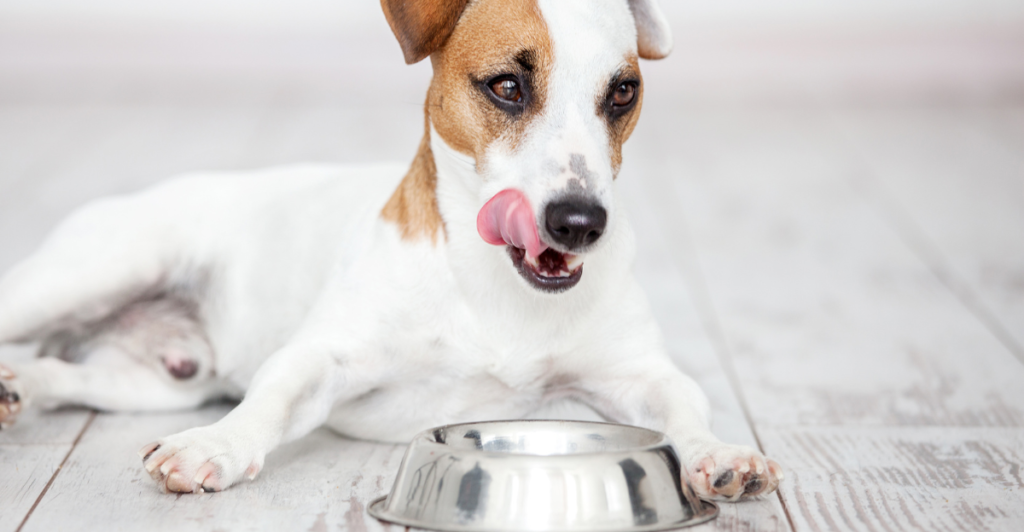
Dogs are creatures of habit, guided by their internal biological clocks. Their circadian rhythms govern daily patterns of behavior like eating, sleeping, and bathroom breaks. Humans adjust to clock-based schedules, dogs rely on natural cues like sunlight. Nonetheless, this abrupt time change that occurs during DST can have a direct impact on these rhythms and could frustrate your dog as it tries to adapt quickly.
Potty Time Challenges
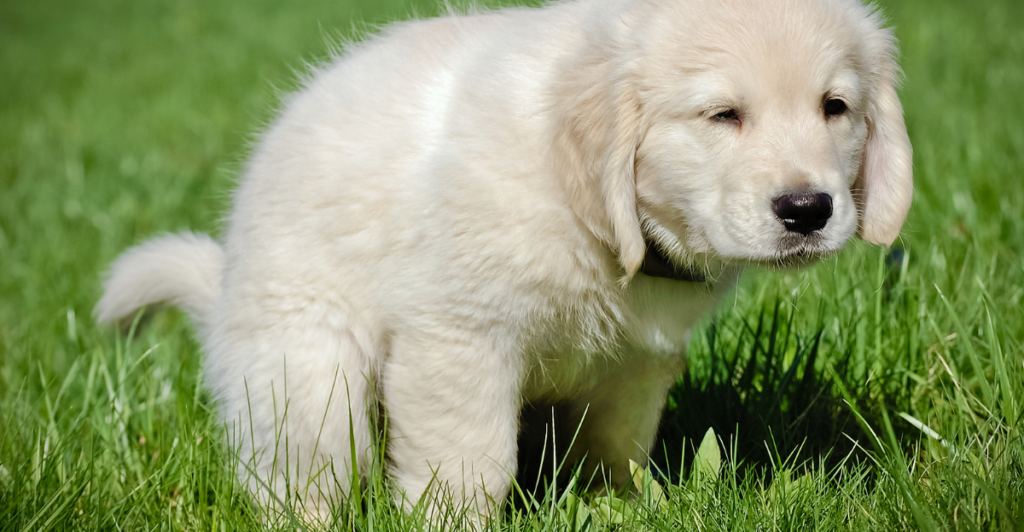
One of the first disruptions caused by DST is your dog’s bathroom schedule. If you sleep in for an extra hour when the clocks fall back, your dog may still be waking up on schedule, expecting to go outdoors. That might result in them going to the bathroom indoors if they’re unable to hold it. Gradually shifting their potty schedule by 15–30 minutes over several days can help ease this transition.
Feeding Time Adjustments
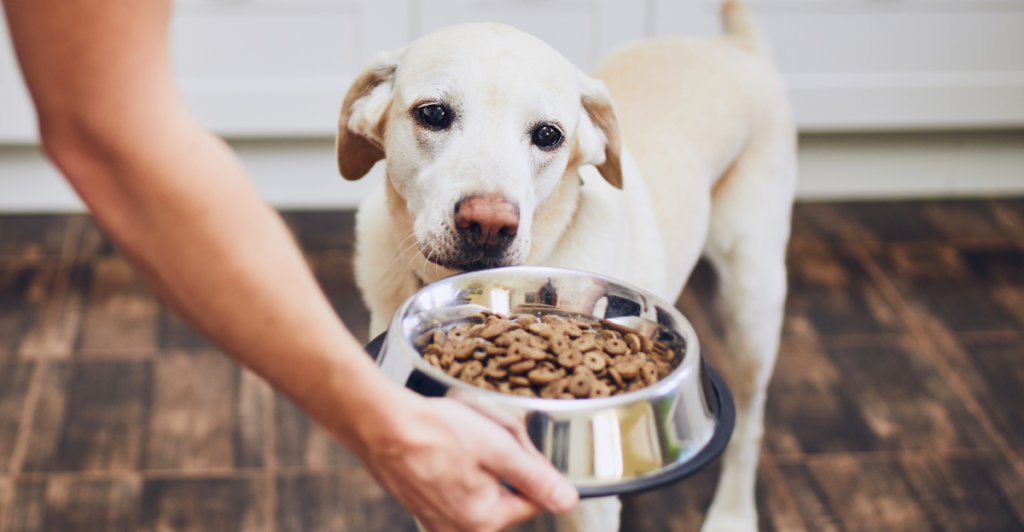
Dogs tend to be highly attuned to their feeding schedules. When their meals are delayed, or are served earlier as a result of the DST switch, they can become confused, or anxious. You might find your dog sitting near their bowl or begging for food at the “old” mealtime. To minimize stress or negative behaviors, such as chewing or scavenging, gradually adjust feeding times in the days before the time change.
Impact on Together Time

Dogs thrive on routine and they love to spend time with their human family members. When DST alters your schedule — for example, making you leave for work earlier or come home later — it can put your dog on edge. Stress might manifest as undesirable behaviors such as chewing the furniture or having bathroom accidents indoors. To reduce this anxiety, it is important to ensure consistency in other aspects of their routine.
Behavioral Signs of Stress

During the adjustment period after DST changes, some dogs start to show signs of stress, whining, pacing, or acting out. These behaviors stem from the confusion created by the disrupted routine. Paying close attention to your dog’s body language and providing reassurance can make your dog less anxious during this transition.
Preparing for Daylight Saving Time
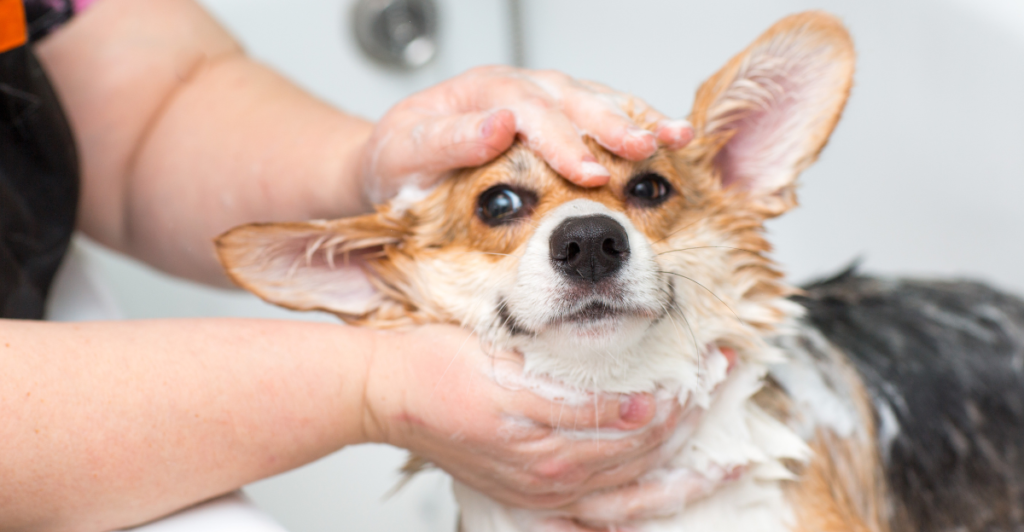
To minimize the impact of DST on your dog, start preparing a few weeks in advance. Gradually adjust their schedule for each meal, walk and bathroom break by 10–15 minutes each day. This slow transition gives their internal clock a chance to adjust more smoothly to the new timing.
Post-DST Adjustments
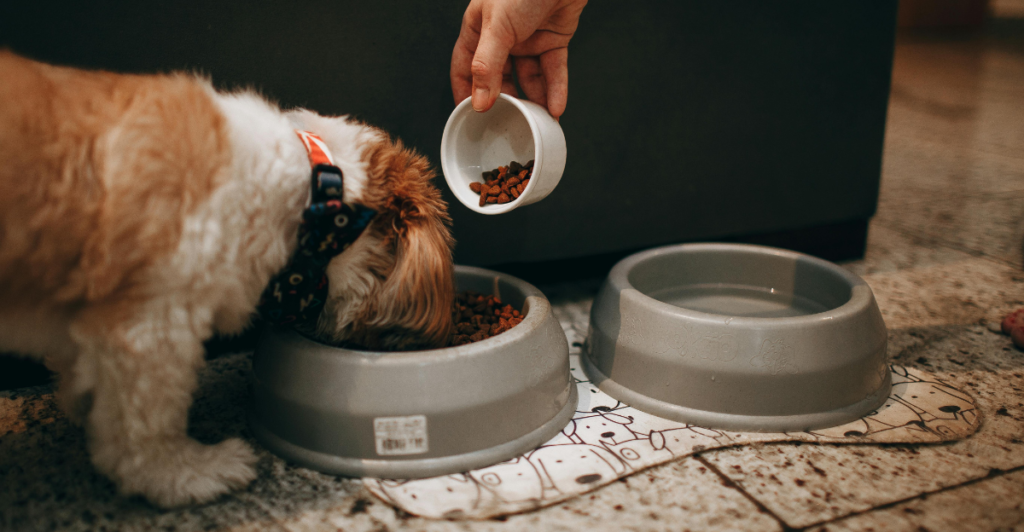
If you didn’t prepare ahead of time and DST has already started or ended, don’t worry—it’s not too late to help your dog adjust. Start by making small changes by shifting feeding and potty times a little bit each day until you’re back on track with the new schedule.
The Role of Exercise

Adding more exercise to your dog’s routine during this time will help ease the stress and mentally and physically tire them out. Longer evening walks or additional playtime can help with adjusting to the evening shift and make the wind-down process for bedtime easier for them, allowing them to settle into their new schedule.
Consistency is Key

A consistent routine makes dogs feel most secure. While DST disrupts this temporarily, having consistency in other parts of their day — such as bedtime routines or morning walks — can create assurance in a time of adjustment as they settle back into the routine.
Flexible Work Schedules Can Help

If you work from home or have a flexible job, take this opportunity to ease your dog into the new routine a bit more gradually. For instance, begin your workday earlier or take breaks at adjusted times to align with your dog’s needs during this transition.
Extra Comfort During Transitions

Some dogs may require a little extra comfort and reassurance during the time change. Spend quality time with them through cuddling, playtime, or treats to help them feel loved and secure as they adjust to the new schedule.
Making DST a Positive Experience

With a little planning and care, you can turn the challenges of DST into an opportunity to bond with your dog. By slowly transitioning schedules and paying attention to your pup’s needs, you and your pup can navigate this transition smoothly.
Helping Your Dog Thrive Through Change
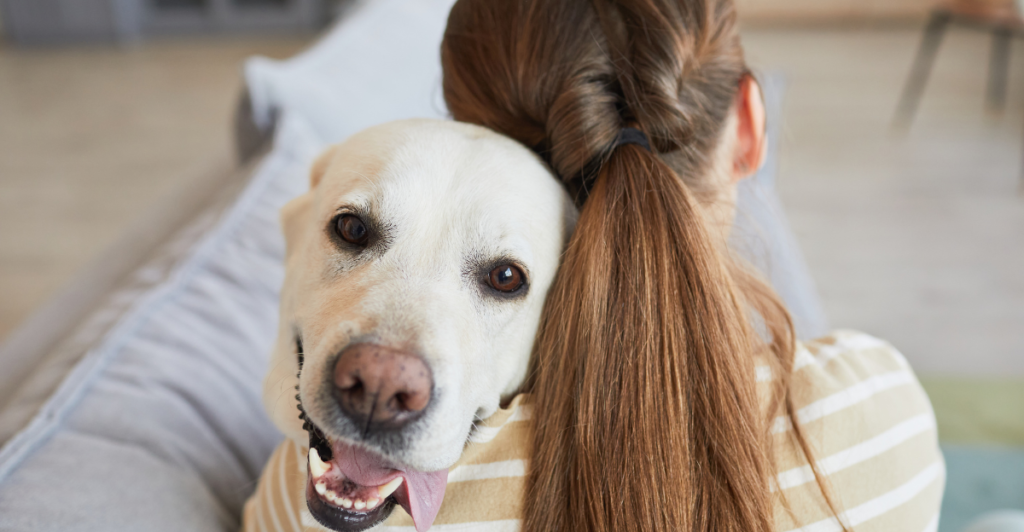
Daylight Saving Time does not need to be stressful for your furry friend. With gradual adjustments and some additional attention to their needs, you can help your dog adjust to the new schedule with minimal anxiety. By being mindful of how these shifts impact their routines, you can guarantee that you and your pup have an easier transition — and, hopefully, that extra hour of sleep!
Explore more of our trending stories and hit Follow to keep them coming to your feed!

Don’t miss out on more stories like this! Hit the Follow button at the top of this article to stay updated with the latest news. Share your thoughts in the comments—we’d love to hear from you!







